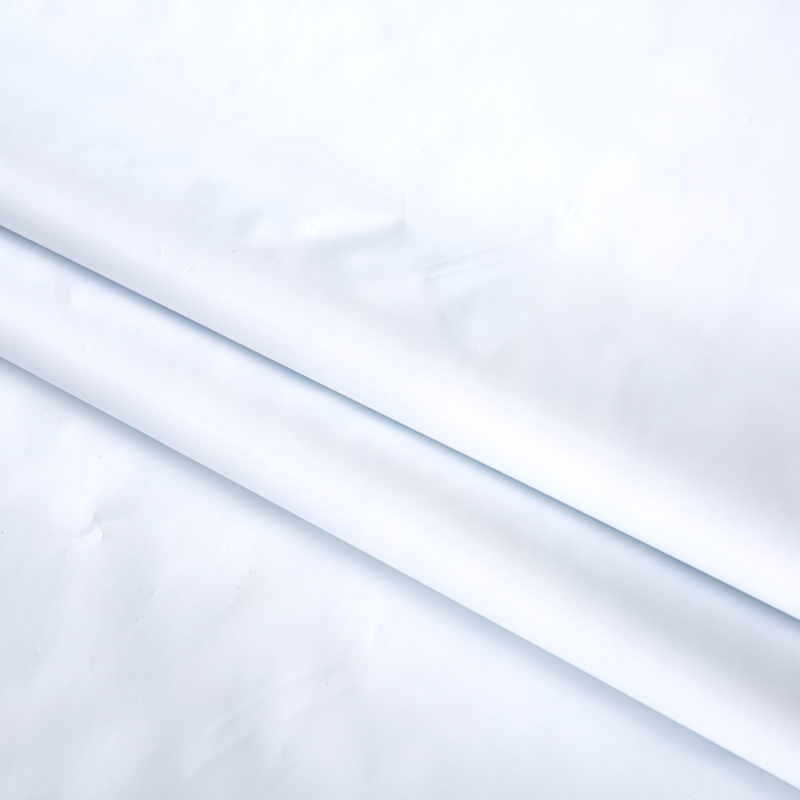Product Consultation
Your email address will not be published. Required fields are marked *
The smoke production and toxicity of flame retardant films during combustion are critical factors in assessing their safety performance. These properties can vary significantly when compared to non-flame-retardant materials, as flame retardants are specifically designed to reduce the risk of fire and control the effects of combustion. Here's a breakdown of the differences:
1. Smoke Production:
Flame Retardant Films:
Reduced Smoke Emission: Flame retardant films are often designed to reduce smoke production during combustion. Certain flame retardant additives work by forming a protective char layer that can limit the amount of smoke and gases released during burning.
Controlled Burning: Many flame retardant films are engineered to slow down the combustion process by inhibiting the spread of flames. This can help in reducing the volume of smoke produced as the material burns more slowly.
Type of Flame Retardant: Non-halogenated flame retardants generally result in lower smoke emissions compared to halogenated flame retardants, as halogenated chemicals often release harmful and toxic smoke, such as hydrogen chloride, during combustion.
Non-Flame-Retardant Materials:
Higher Smoke Production: Non-flame-retardant materials, especially polymers like PVC, PE, or PET, tend to produce more smoke during combustion because they burn more easily and without a protective layer to limit combustion.
Faster Combustion: Without flame retardants, these materials burn faster, releasing larger volumes of smoke, which can significantly hinder visibility and escape in case of a fire.
Increased Smoke Density: The smoke generated from non-flame-retardant materials often has a higher density and opacity, which can make evacuation more difficult and increase the risks of suffocation or disorientation in enclosed spaces.

2. Toxicity of Gases:
Flame Retardant Films:
Reduced Toxic Gas Emissions: Flame retardants are designed to minimize the release of toxic gases like carbon monoxide, hydrogen cyanide, or phosgene, which are common in non-flame-retardant materials. Some flame retardants also neutralize acidic gases that could contribute to corrosion or further health hazards.
Type of Additive Impact: Non-halogenated flame retardants (e.g., phosphates, melamine, or intumescent coatings) are typically less toxic than halogenated flame retardants, which release harmful chemicals like dioxins and furans when they burn. Non-halogenated flame retardants are considered safer for both human health and the environment.
Lower Toxicity Overall: In general, flame retardant films are designed to improve safety by reducing the toxicity of combustion products, especially in terms of gases that are harmful to respiratory health.
Non-Flame-Retardant Materials:
Higher Toxicity: Non-flame-retardant materials tend to release highly toxic gases during combustion, such as carbon monoxide (CO), hydrogen cyanide (HCN), and other carcinogenic compounds. These gases can pose serious risks to human health, even in relatively small amounts.
Halogenated Materials: In materials that contain halogens (e.g., PVC), the combustion process can release dangerous halogenated gases like hydrogen chloride (HCl), which can irritate the eyes, skin, and respiratory system, as well as potentially form toxic byproducts such as dioxins.
Increased Risk of Poisoning: The combination of dense smoke and toxic gases from non-flame-retardant materials can significantly increase the risk of poisoning or death in a fire, especially in enclosed spaces.
3. Fire Safety and Regulatory Considerations:
Flame Retardant Films:
Improved Fire Safety: Flame retardant films are required to meet specific fire safety standards (such as UL94, ASTM E84, or EN 13501), which mandate a reduced rate of flame spread and lower smoke density. These films are often used in applications where fire safety is critical, such as in electronics, automotive, and construction industries.
Environmentally Friendly Options: Modern non-halogenated flame retardants are increasingly being used to provide flame resistance without the environmental and health concerns associated with traditional halogenated flame retardants.
Non-Flame-Retardant Materials:
Limited Fire Safety: Without flame retardants, non-flame-retardant materials may not meet stringent fire safety regulations, making them unsuitable for use in many commercial, industrial, or public safety applications.
Faster Fire Spread: The lack of flame retardancy means that fires spread more quickly, increasing the risk of extensive damage and injury.
4. Performance in Real-World Fires:
Flame Retardant Films:
Delayed Combustion and Lower Heat Release: Flame retardant films typically have a lower heat release rate (HRR) and delayed combustion, which gives occupants more time to evacuate in case of a fire. The reduced smoke production also improves visibility and air quality during a fire.
Smoke Toxicity Control: Flame retardant films are designed with an emphasis on reducing the toxicological impact of smoke, making them safer for human exposure in environments like buildings, transportation vehicles, or electronics.
Non-Flame-Retardant Materials:
Rapid Fire Spread and Toxic Smoke: In contrast, non-flame-retardant materials may burn quickly and release a large amount of toxic smoke, leading to a more hazardous environment. In commercial or residential settings, this can contribute to higher injury rates and fatalities.
Your email address will not be published. Required fields are marked *
You can contact to me using this form.
Copyright © 2023 Kunshan Red Apple Plastic New Material Co., Ltd. All Rights Reserved.
